How To Open Personal Blog On Facebook
Contents
- What can happen if you click on a fake link
- Simple methods to discover fake links
- Hover the mouse over the link
- Inspect a link
- Analyze the page where the link is
- Pages to analyze links
- Sucuri
- PCRisk
- URLVoid
- VirusTotal
- How to detect dangerous shortened links
What can happen if you click on a fake link

Hackers constantly update the methods they use to attack and one of the most used is through fraudulent links . They pretend to be a legitimate website, but it is actually a major security issue.
If we click on a fake link and get to a dangerous website, the first thing that can happen is that we download a file that is actually malware. For example, a Trojan that gives the attacker access to our computer, a ransomware that encrypts the files and asks for a financial ransom, etc.
Another cause is that our password is stolen through a Phishing attack . It basically means that they are going to create a fake page just like the original. By entering personal data and trying to log in, they end up on a server controlled by cybercriminals.
But through fraudulent links personal data can also be exposed. For example if we browse an unencrypted website and through a public Wi-Fi network. Our data could end up in the wrong hands. These links are sometimes even on legitimate sites and HTTPS, but redirecting to others that are not.
Simple methods to discover fake links
First of all we are going to talk about some basic methods with which we can know if a link is a scam or can be safe. Sometimes with the simplest we can ensure that the security of our computers is protected and not suffer cyber attacks that result in the theft of data or passwords.
Hover the mouse over the link
The first thing we can do is something as simple as hovering over the link. This will automatically show us what the actual link is for that page. This will prevent us from inadvertently clicking on a link that is actually a scam and will not lead us to the website we believe in.
We must be aware that in many cases a malicious link is hidden through a word or phrase that has nothing to do with it. It may be that the name, the letters that we are ultimately seeing, do not correspond to the link that we are actually going to click. This would simply be the hook for us to fall into the trap .
Inspect a link
Another method that we can consider is to inspect a link from the browser. Suppose we enter a web page and there are many links. We do not really know if they are reliable or not and we are interested in one in particular, the one that supposedly takes us to another interesting page.
What we are going to do is click with the second mouse button and we click Inspect . A window will automatically open with all the code for that website. We can see everything and this also includes any links on that page.
To inspect a single link, we only have to press the second mouse button above the link that we are interested in analyzing. It will take us directly to that part of the code so we can inspect it.
Analyze the page where the link is
In general, we will also be able to analyze a website to get an idea of whether it may contain false links or not. Basically what we will do is check the menu, the URL of that site itself, the name, the general appearance … There are details that can show if it is a scam.
This will help us to see at a glance whether or not we can be on a dangerous page. Perhaps simply with this we realize that the web is not the original one and that can translate into that the links that are there could be Phishing. For example, if we are going to log into a social network, such as Facebook.
Pages to analyze links
We can find many pages that help us detect possible external threats . It does not mean that they will act as a substitute for antivirus, but without a doubt they can serve as a complement and allow us to analyze files or even a link to determine whether or not it may be a security hazard.
Sucuri
A very popular website where we can analyze the security of a link is Sucuri . It is simple, but very effective. When we enter the site a search bar will appear. This is where we have to paste the link that we are interested in analyzing and click on the Scan Website button.
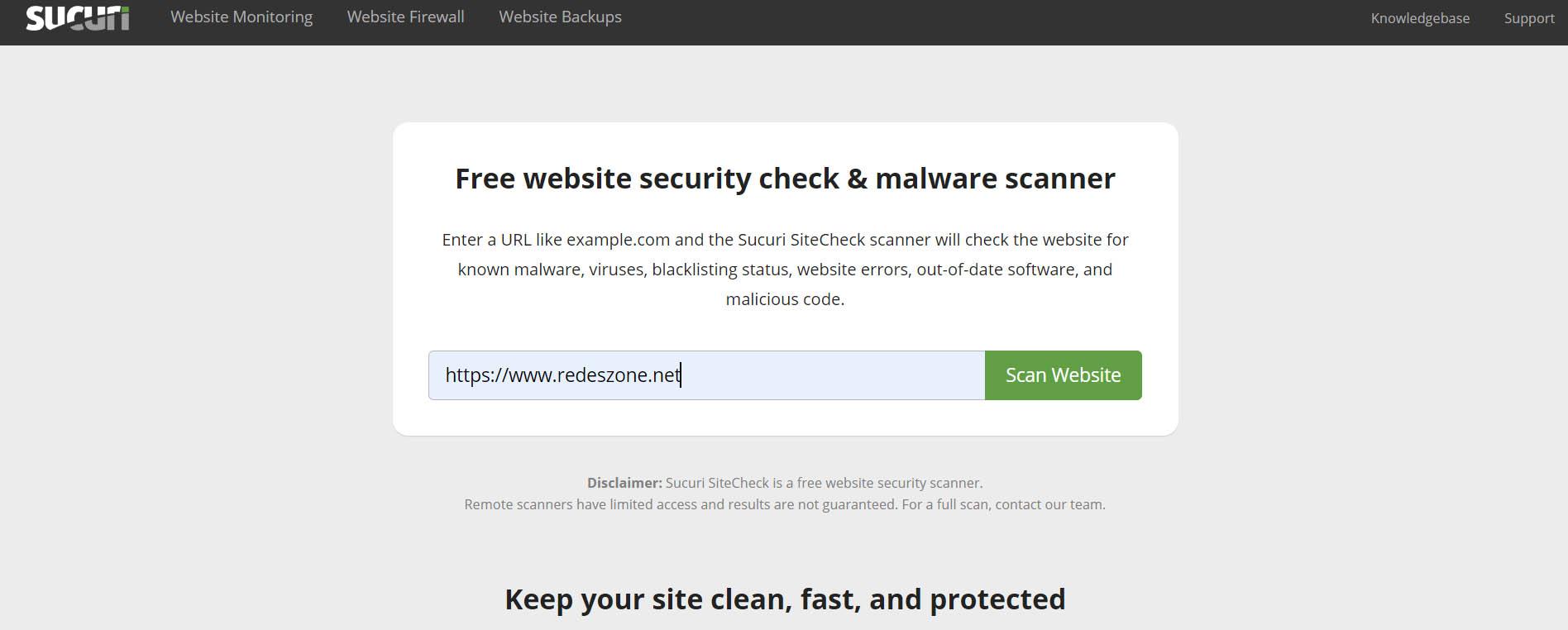
It will automatically start to analyze it and give us information about it. If it finds a threat, it will appear to us and in this way we will avoid accessing a link that could have been created to carry out Phishing attacks or to sneak malware onto the victim's computers.
PCRisk
This online service is similar to the previous one. Once again, what we have to do is enter PCRisk and it will show us an address bar where we will have to paste the link that we suspect may be a danger and give it to analyze. The process will take a few seconds (even a few minutes, depending on the page) and will give us the necessary information.
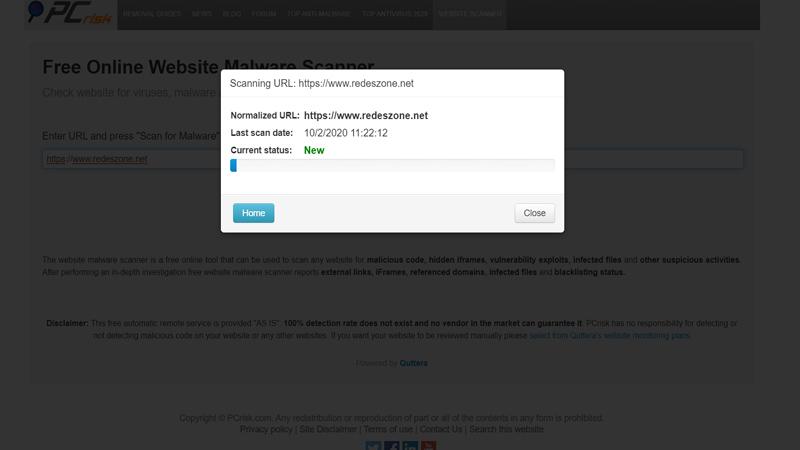
When it is finished we will be able to have a better perception of whether that link may be a danger or on the contrary it is safe. It acts as an online antivirus to analyze the links and find any type of threat it may contain.
URLVoid
Following the line of the previous ones, another page to detect if a link is dangerous is URLVoid . Its operation is basic, but enough to detect dangers. We have to previously copy the link that interests us and paste it in the address bar that is in this service and we give it to scan .
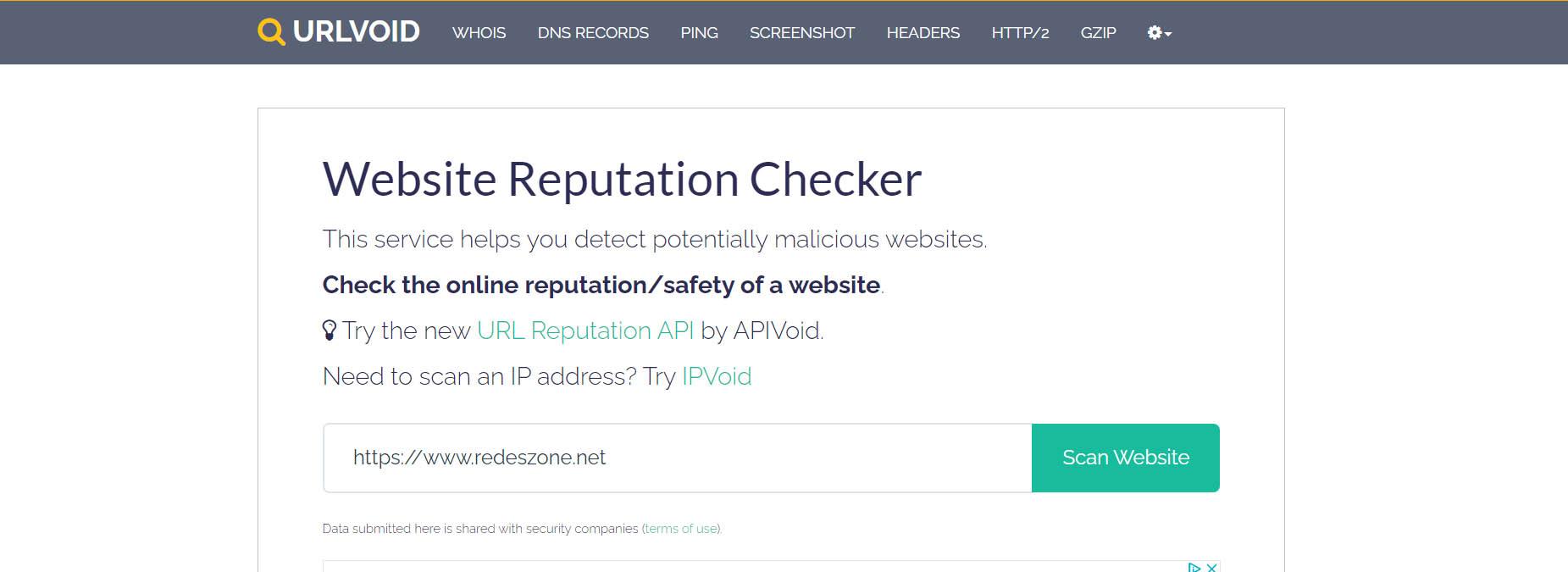
It uses external databases to analyze the reputation of a web page. If it has previously been detected as a threat, for example if that domain has been used for Phishing attacks or sending viruses, it will send us a warning that will prevent us from entering.
VirusTotal
VirusTotal's online service is well known for analyzing files without having to install a program on the computer. Very useful if, for example, we are on a foreign computer and we want to analyze a file before copying it to a pendrive. But beyond this utility, it also has a function to parse a URL .
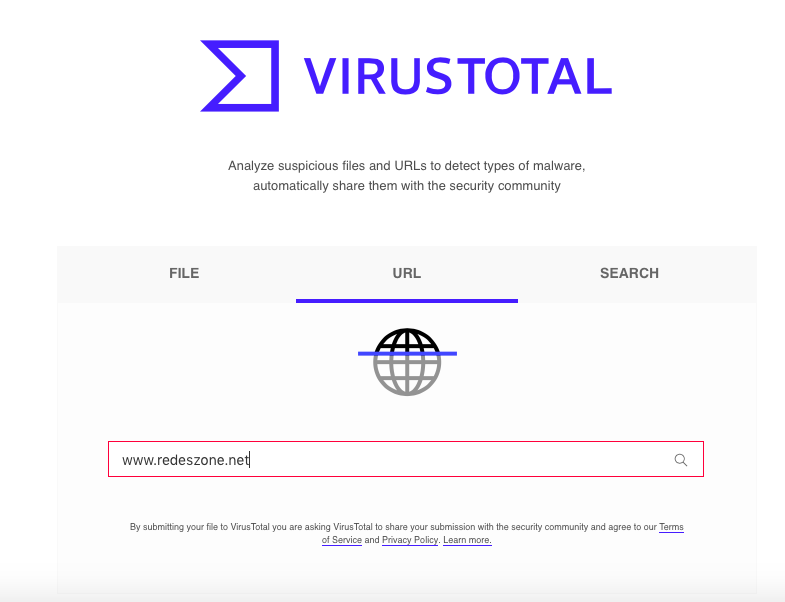
What we are going to do is copy the link that we doubt could be a threat, we go to the URL section and we analyze it. It will give us a series of data related to that link and we will be able to know if it is a scam or it could be a legitimate link.
How to detect dangerous shortened links
We have explained how to analyze a link through different services and methods. However, sometimes this type of page comes through a shortened link . What the cybercriminal is looking for is that we do not see what the real address is, the complete one, and thus have a greater probability that we click and enter.
We can use services like GetLinkInfo . The purpose of this page is to allow us to put a shortened link, whatever it is, and it will show us what your full address is without having to open it. This will give us some security, since in case of opening it directly we could download a file or arrive at a Phishing page.
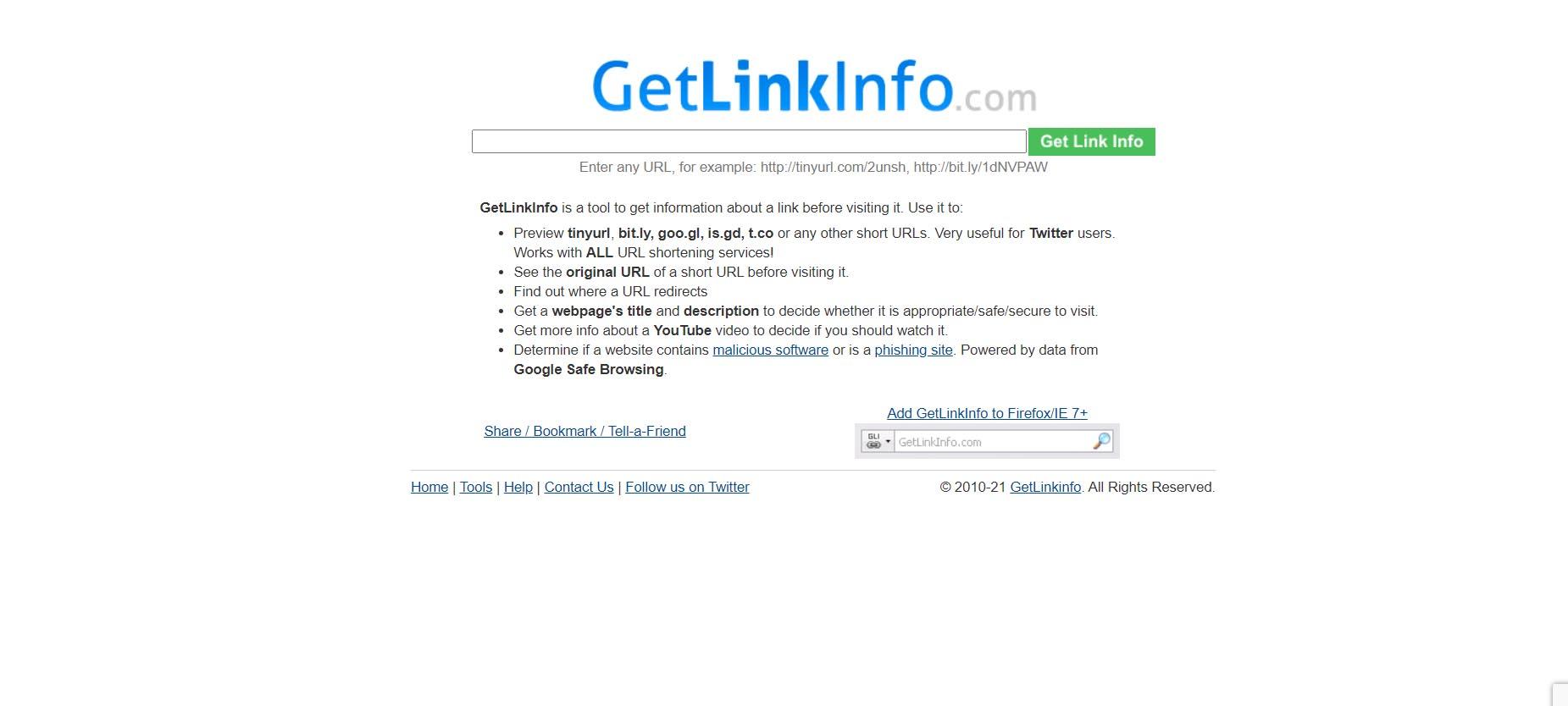
With that complete address, beyond seeing the URL and knowing if it is the original or not, we can paste it in any of the previous services that we mentioned and analyze if there is any threat and it is in a database or not. You can prevent some malware from sneaking into us through a shortened link of this type.
In short, it is important to analyze the links where we are going to download a file, log in or simply when accessing a page when we have doubts. There are tools and methods that help us to be more secure and reduce the risk of being victims of one of the many threats that exist on the Internet.
How To Open Personal Blog On Facebook
Source: https://itigic.com/know-if-a-link-is-dangerous-without-having-to-open-it/
Posted by: hembreewaskents.blogspot.com

0 Response to "How To Open Personal Blog On Facebook"
Post a Comment